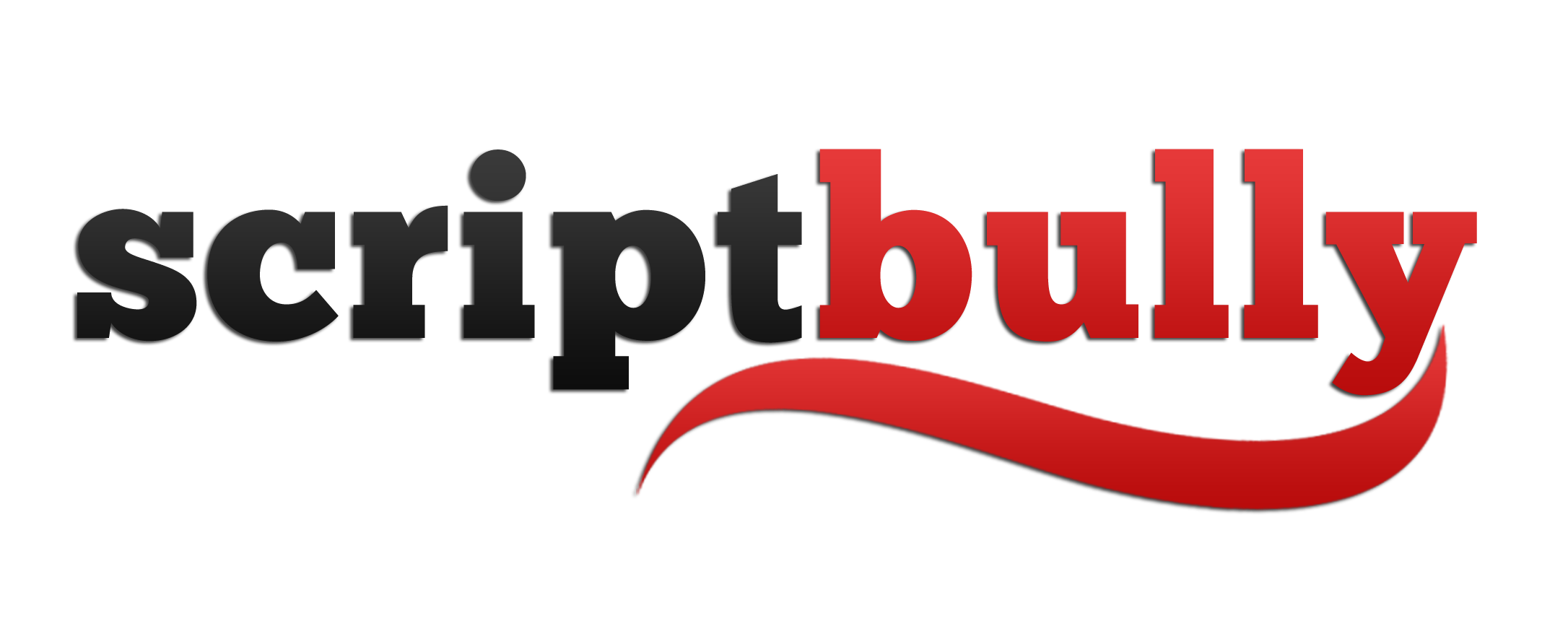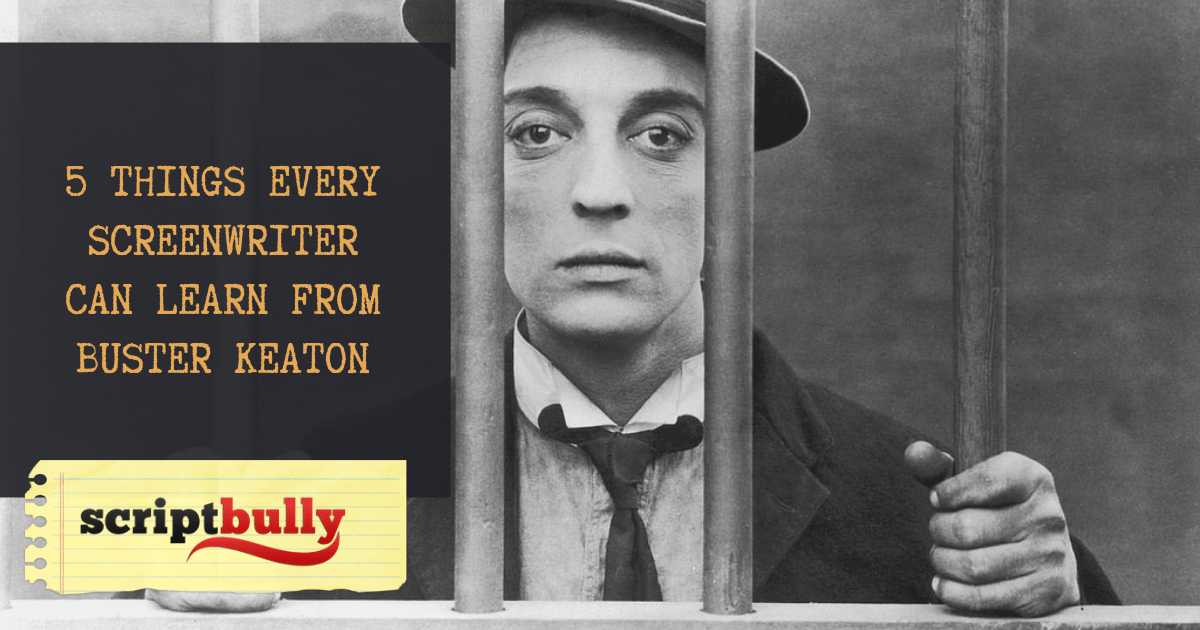Everybody knows Buster Keaton was a silent-film legend – and a genius at physical comedy.
But can this Charlie Chaplin rival – and master of Vaudeville performance – actually teach us anything about screenwriting? (Especially since he SO MUCH of his work was in the “Silent” era.)
Yeah, it turns out. Quite a bit.
So, here are 5 screenwriting hacks every screenwriter can take from this innovative – and thoroughly punk-rock – filmmaker…
Buster Keaton Screenwriting Hack #1: The More Serious Your Characters Are, The Funnier They’ll Be
Keaton’s foray into performing started early. Very early. His father brought him into the family Vaudeville business when he realized the boy was able “to fall without crying.”
And it was in those early performing days he learned the more serious he was – he was after all called the “Great Stoneface” – the more the audience laughed.
So, if you’re writing comedy, make sure your characters pursue their blind obsession with absolute seriousness. (And let the laughs ensue.)
Buster Keaton Screenwriting Hack #2: Don’t Let a Lack of Education Stop Ya
Buster Keaton had one day of formal education. One day! (He was kicked out of school for practicing vaudeville bits; luckily, his mother decided to pick up his educational duties from then on.)
But it didn’t stop Keaton from taking a great interest in many “rigourous” academic subjects. Such as technology. (He often said he would have loved to have studied engineering if “Hollywood didn’t pay so well.”)
Or theatre. Or politics. Or history. Or opera.
So, don’t let a lack of formal education – in any subject – get in the way of a good script. (Or an even greater career.)
Buster Keaton Screenwriting Hack #3: Write MORE Visual Than the Competition
Even by “Silent era” standards, Keaton was an exceptionally “visual” filmmaker. (The average silent film used 225 or so subtitles. Keaton never had more than 64.)
Keaton believed subtitles, and eventually dialogue, was a lazy substitute for storytelling. (And character emotion.) Instead preferring to use his “expressionless” face to convey a myriad of emotions that no subtitle could ever replicate. (He always believed when audiences were forced to “insert” their own dialogue they became more invested.)
So, as you compare your script to other scripts in your genre…ask yourself: How can I cut all my awesome bits of dialogue so my story is as visual as it can possibly be. (You might just find a story that not only gets sold…but actually stands the test of time.)
Buster Keaton Screenwriting Hack #4: Only Plan Half of Your Story Before Writing
Keaton was an independent filmmaker – or at least he was before he joined the MGM mafia. And during the height of his creative powers he always believed, as long as he had a beginning and an end that made sense, that the rest of of the story would just fall in place. (He famously said “50% of a story should be nailed down down after the cameras start rolling.”)
Of course, this is impractical for us screenwriters. (Unless we are doing on-the-set rewrites. Or trying to fix a horrible “Fantastic Four” reboot.)
But instead of trying to nail down every aspect of your story before “starting” – get about 50% of the way – focusing on your begining and ending – and then just jump into the deep end of the pool. (If your charcters are interseting, and well motivated…they’ll show you the way out of the darkness.)
Buster Keaton Screenwriting Hack #5: Try NOT to Sell Out to Your Inner MGM
This lesson, unfortunately, was one that Keaton learned too late. Needing to pay off two mortgages – because his wife felt the first Beverly Hills mansion he built was her “too small” – he left United Artists and joined the monolith that was MGM.
And though MGM claimed they had more “stars than Heaven” they also had much more creative interference. (And an abhorrence to the improvisational filmmaking environment that Keaton thrived under.)
It wasn’t the “talkies” that killed Keaton’s career. (It was doing insipid, overwrought MGM “comedies” that tried to confine Keaton to interior scenes.)
So, though you may not be in a position RIGHT NOW where you’re paid for your writing.
But someday you might. And you’ll be tempted to sign up for that great paycheck in the sky. But I speak from painful, personal experience going for a lucrative quick buck can set your career – and your artistic achievement – back farther than you think.
Sources for this article:
Buster Keaton in Britain (BBC Interview) – http://www.bbc.co.uk/programmes/b066zvy5
Buster Keaton’s Biggest Mistake (“You Must Remember This” Podcast) –
http://www.vidiocy.com/youmustrememberthispodcastblog/2015/9/24/mgm-stories-part-three-buster-keatons-biggest-mistake




